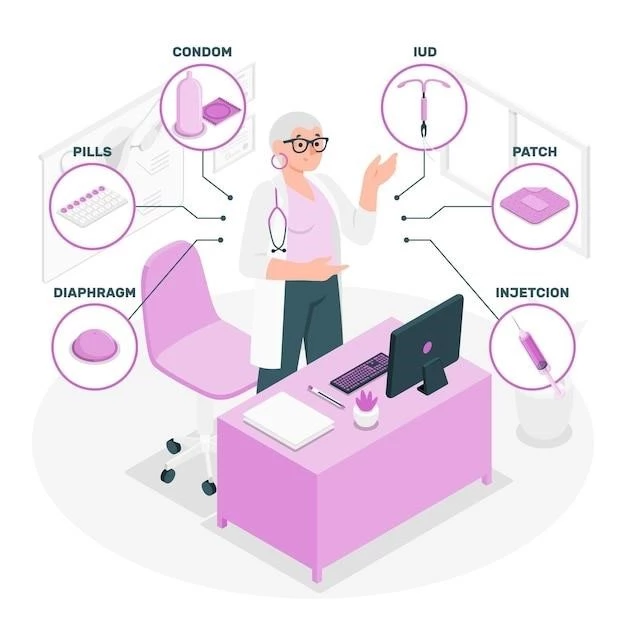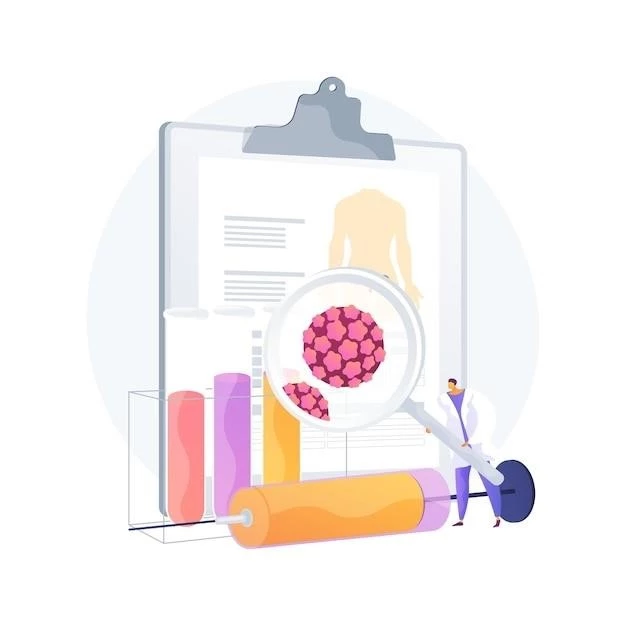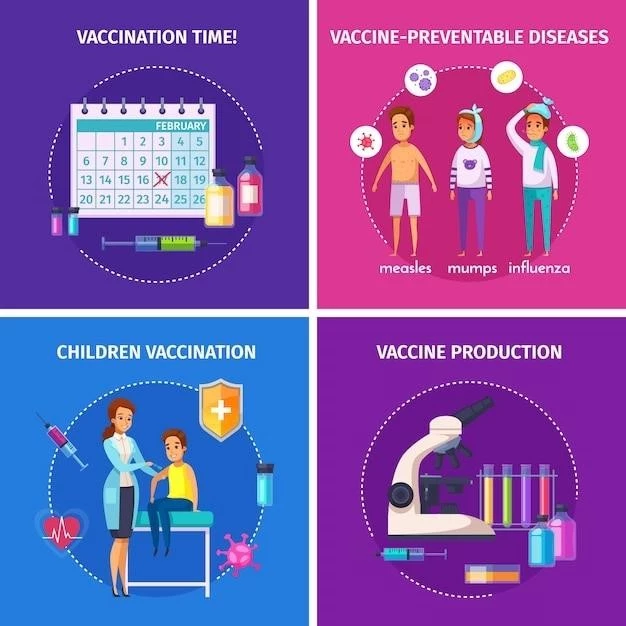Introduction to Rosai-Dorfman Disease
Rosai-Dorfman Disease (RDD) is a rare non-Langerhans cell histiocytosis characterized by histiocyte accumulation, often presenting in lymph nodes and extranodal sites. This condition was first described in 1965 and subsequently characterized by Juan Rosai and Ronald Dorfman in 1969 and 1972. The etiology, diagnosis, and treatment of RDD continue to be areas of ongoing research and interest.
Definition and Background
Rosai-Dorfman Disease (RDD), also known as sinus histiocytosis with massive lymphadenopathy, is a rare non-Langerhans cell histiocytosis disorder characterized by the accumulation of histiocytes within affected tissues. Initially described by French pathologist Pierre Paul Louis Lucien Destombes in 1965, RDD was further analyzed and characterized by Drs. Juan Rosai and Ronald Dorfman in the late 1960s and early 1970s. This condition typically presents with lymphadenopathy and can involve various extranodal sites.
Clinical Presentation and Symptoms
Rosai-Dorfman Disease typically presents with various symptoms, including fever, painless lymphadenopathy, bone lesions, pulmonary nodules, and rash. The disease course may vary depending on the affected areas.
Manifestations in Different Parts of the Body
Rosai-Dorfman Disease can manifest in various parts of the body, commonly presenting with lymphadenopathy in the neck and head regions. Additionally, extranodal involvement may lead to symptoms in other organs such as skin, eyes, lungs, and brain, indicating the diverse potential presentation of this rare disorder.
Diagnosis and Diagnostic Modalities
Diagnosing Rosai-Dorfman Disease involves a combination of clinical evaluation, blood tests, imaging studies, and histopathologic examination of affected tissues, particularly lymph nodes or extranodal sites. Additional diagnostic modalities may be utilized to confirm the presence of histiocyte accumulation in the affected areas.
Importance of Histopathologic Evaluation
Histopathologic evaluation plays a crucial role in diagnosing Rosai-Dorfman Disease by assessing tissue samples for the characteristic histiocyte accumulation. This examination helps confirm the presence of histiocytes, guiding healthcare providers towards an accurate diagnosis and appropriate treatment decisions for affected individuals.

Treatment Approaches for Rosai-Dorfman Disease
Rosai-Dorfman Disease treatment may involve symptomatic management or chemotherapy, depending on the severity and extent of the disease manifestations. Individualized treatment plans are crucial for optimal outcomes.
Symptomatic Management vs. Chemotherapy
The treatment approaches for Rosai-Dorfman Disease may involve symptomatic management to alleviate symptoms or chemotherapy to target the abnormal cell proliferation causing the disease. The choice of treatment depends on the individual’s specific case and the extent of the disease.

Prognosis and Disease Course
Rosai-Dorfman Disease has a generally self-limiting nature, and treatment outcomes can vary based on individual cases. Understanding the prognosis and disease course is crucial for developing appropriate management strategies.
Self-Limiting Nature and Treatment Outcomes
Rosai-Dorfman Disease often follows a self-limiting course, and the treatment outcomes can vary based on the individual’s response to therapy. Understanding the natural disease course and treatment efficacy is essential for managing the condition effectively.
Ongoing Research and Future Directions
Research on Rosai-Dorfman Disease is ongoing, focusing on understanding the etiology, improving diagnostic modalities, exploring novel treatment options, and enhancing patient outcomes. Future directions may include personalized therapies based on the disease’s molecular characteristics and further elucidation of the disease pathogenesis.
